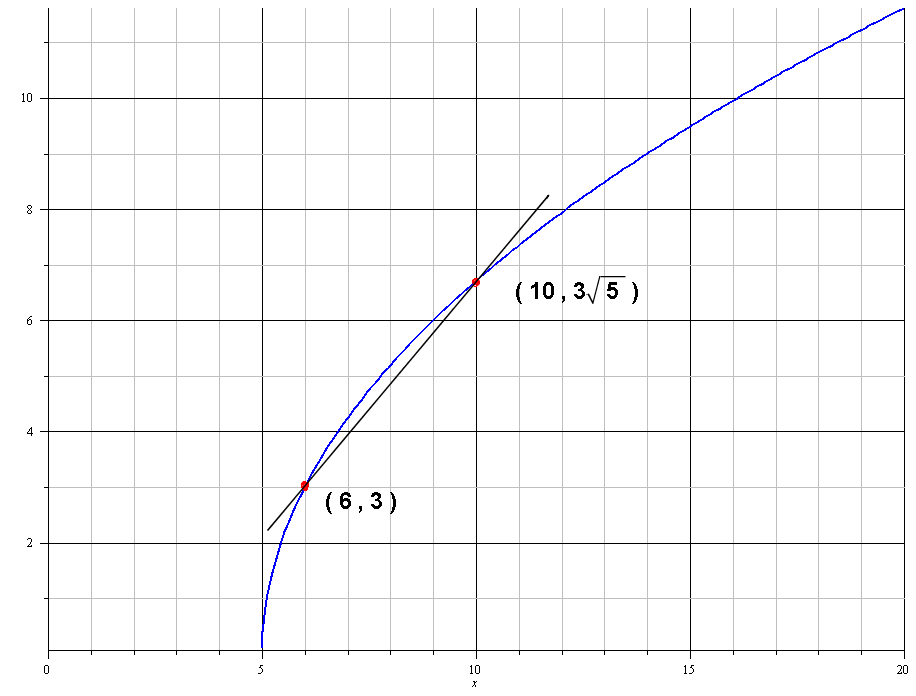Find the average rate of change of the function between the given points? #f(x)=3sqrt(x-5)# #x=6, x=10#
1 Answer
See below.
Explanation:
The average rate of change over an interval
You can see that this is the same method as finding the gradient of a line, i.e.
In the diagram below, you can see the points at

To our example:
We plug in the values for a and b
Note
In the above we took the
It is generally accepted that when we express a function:
We can not have both positive and negative roots at the same time. This by definition would not be a function.

